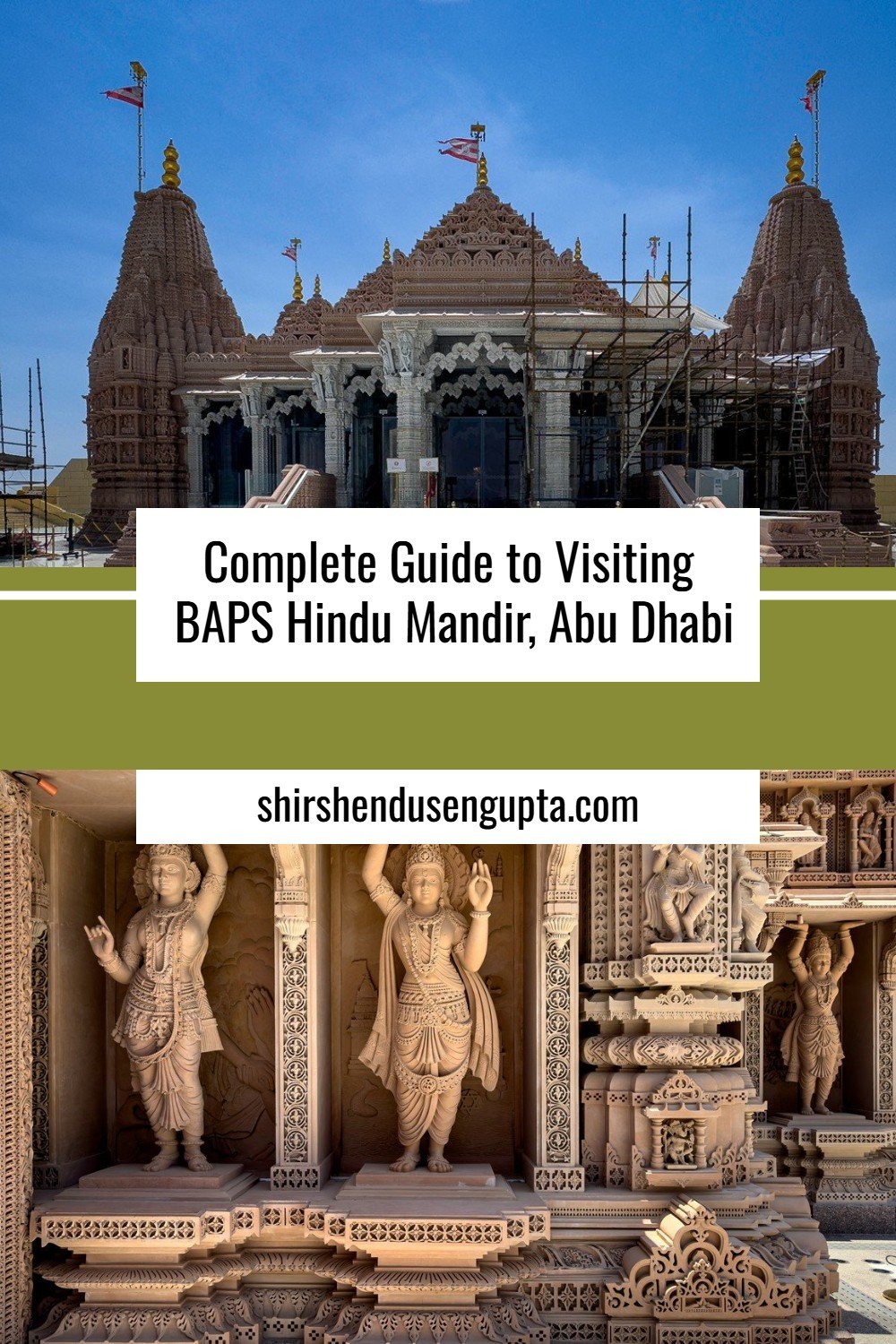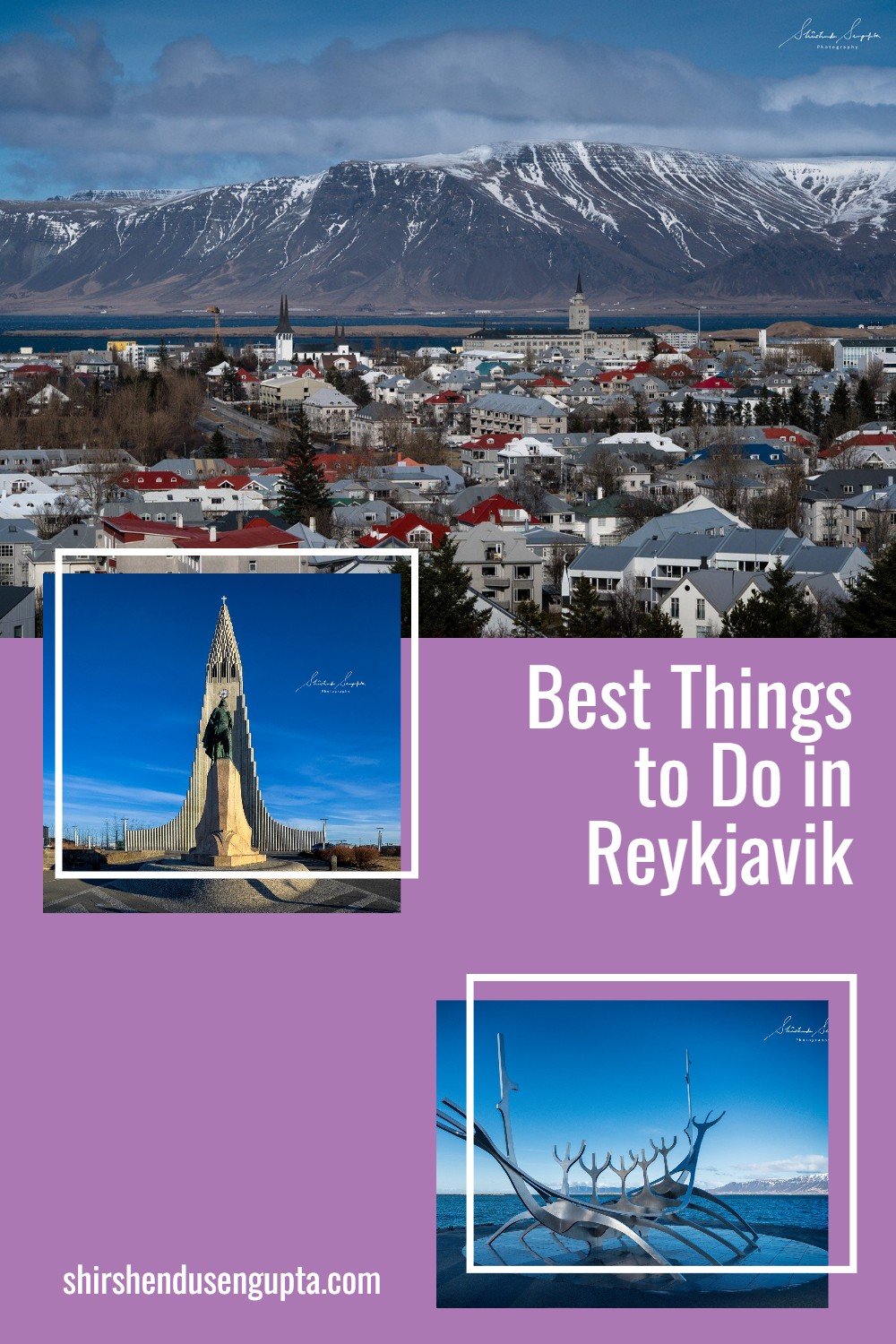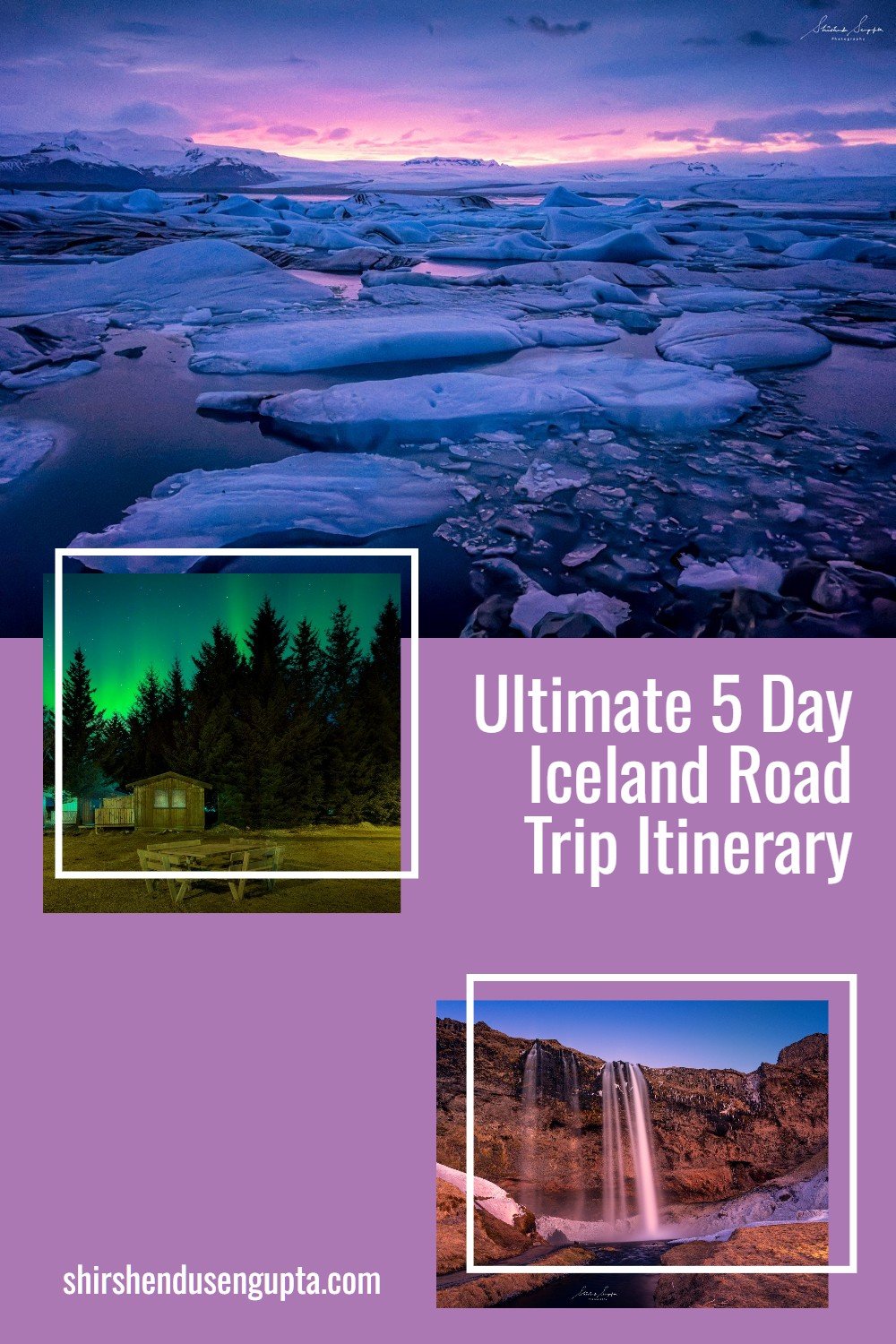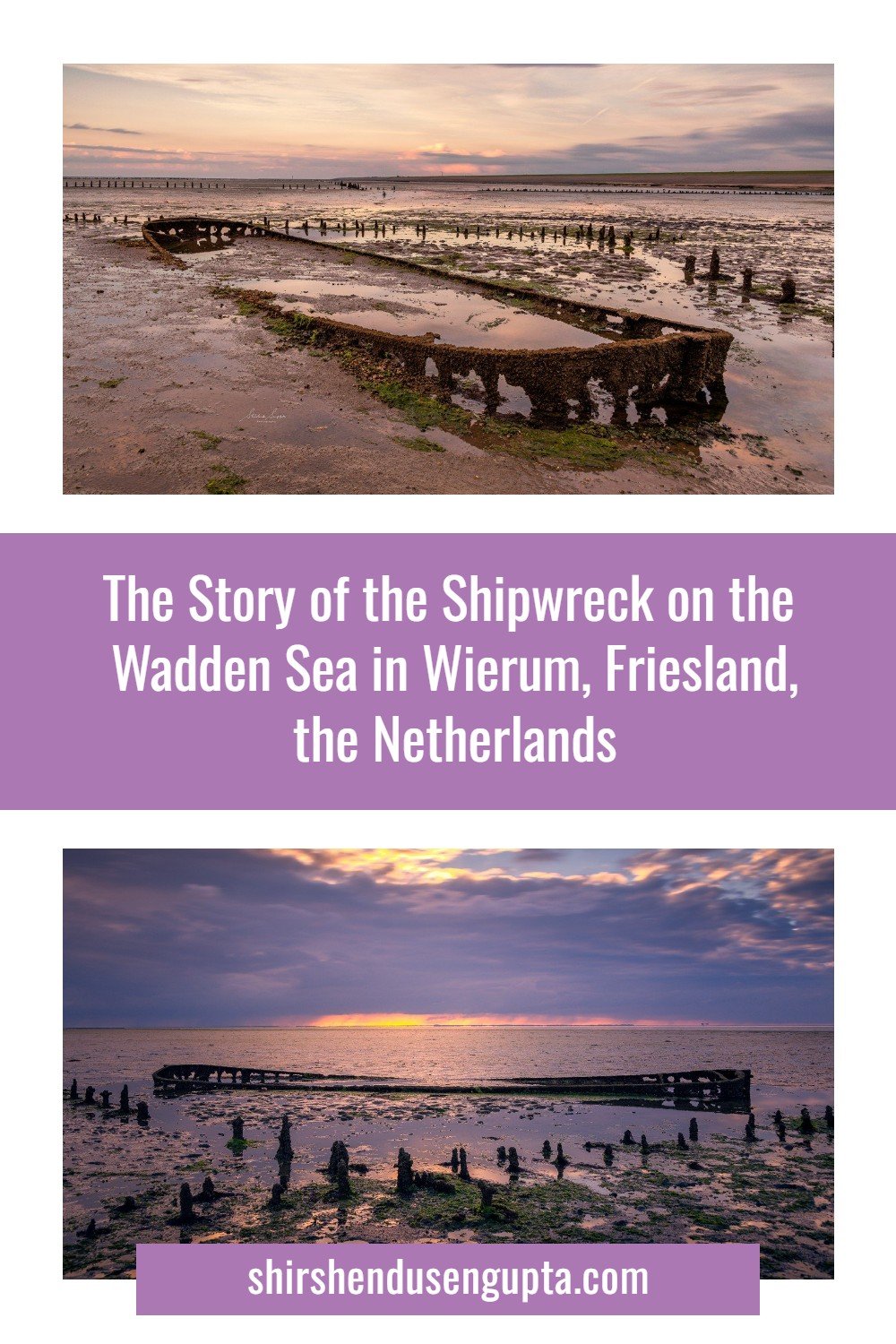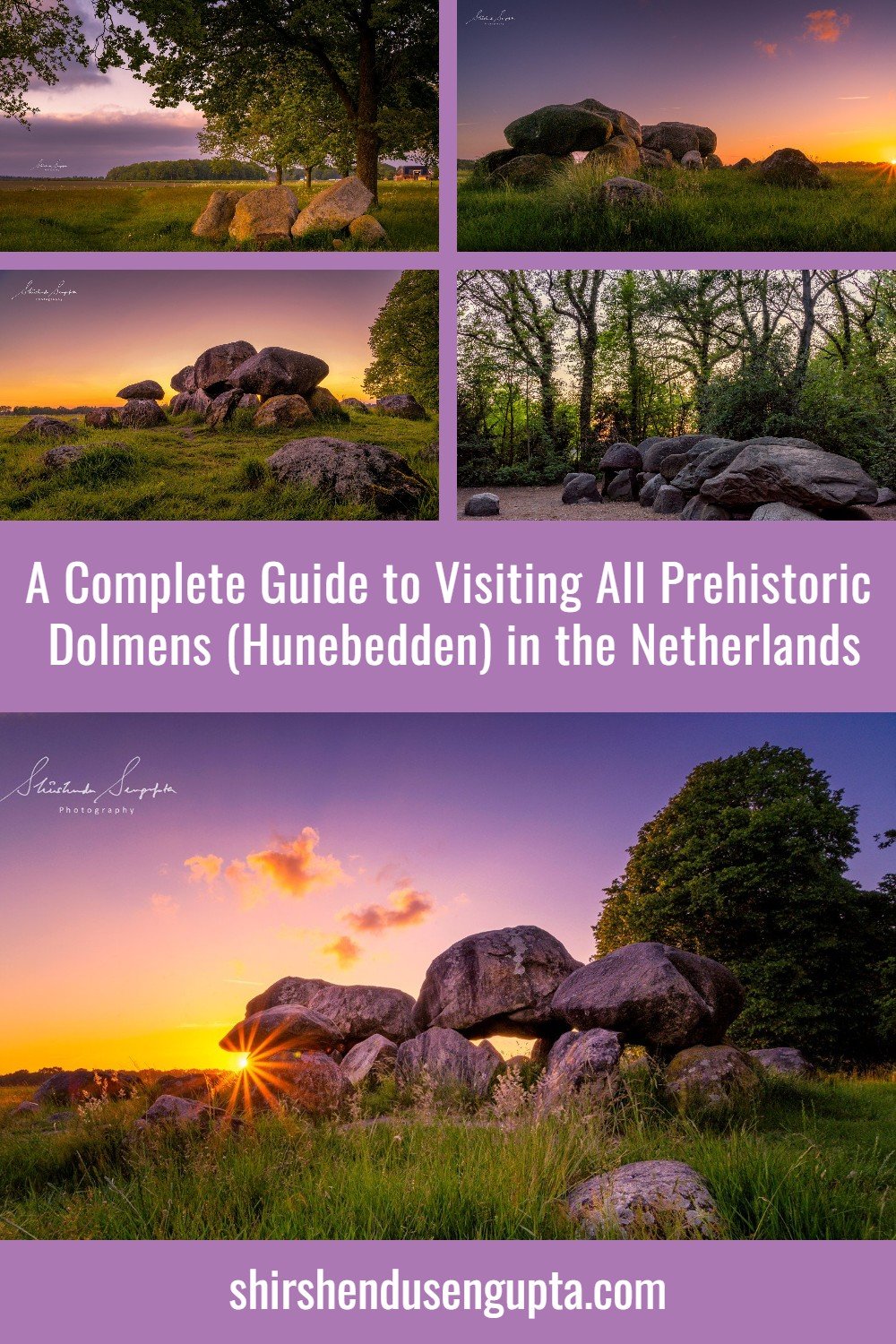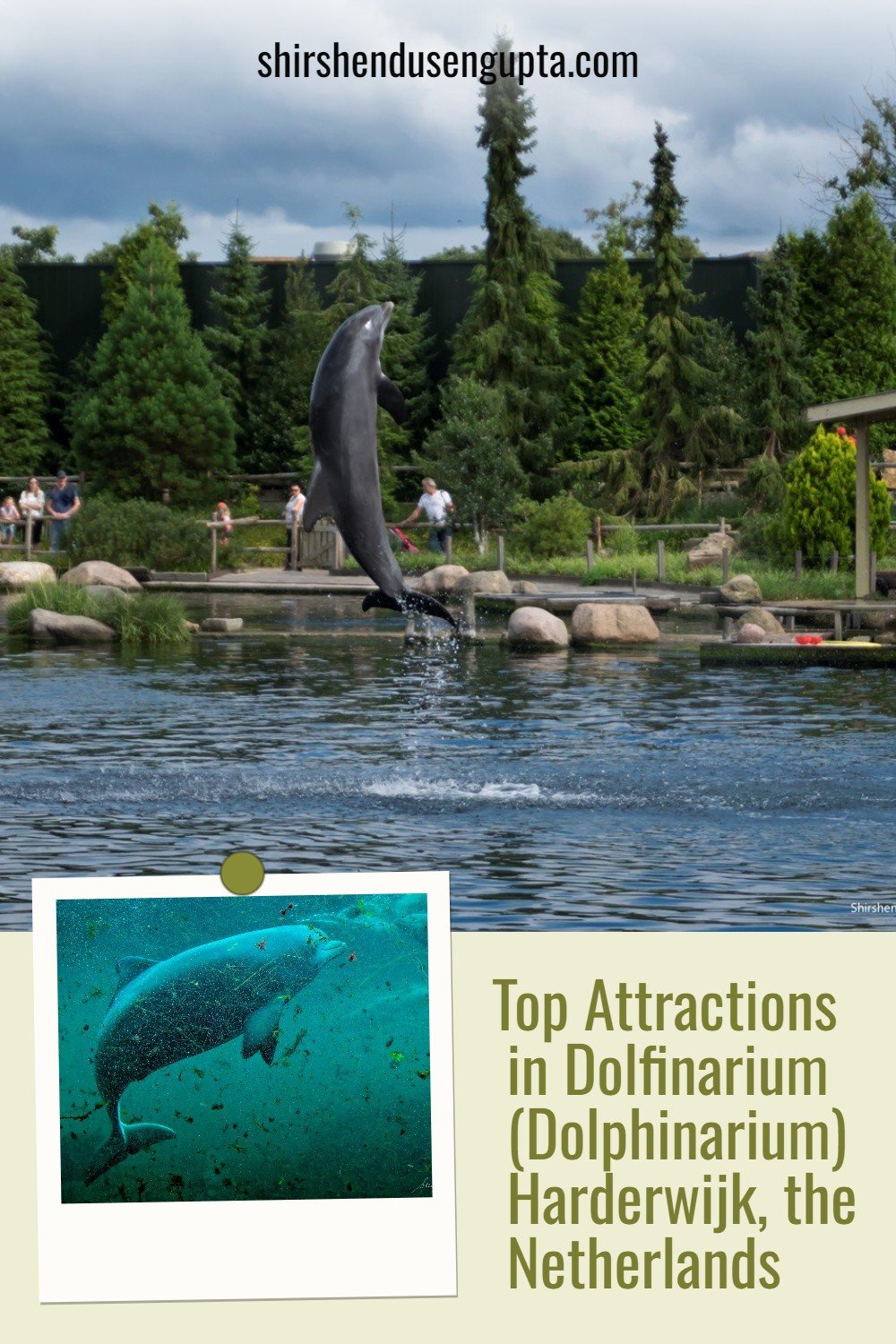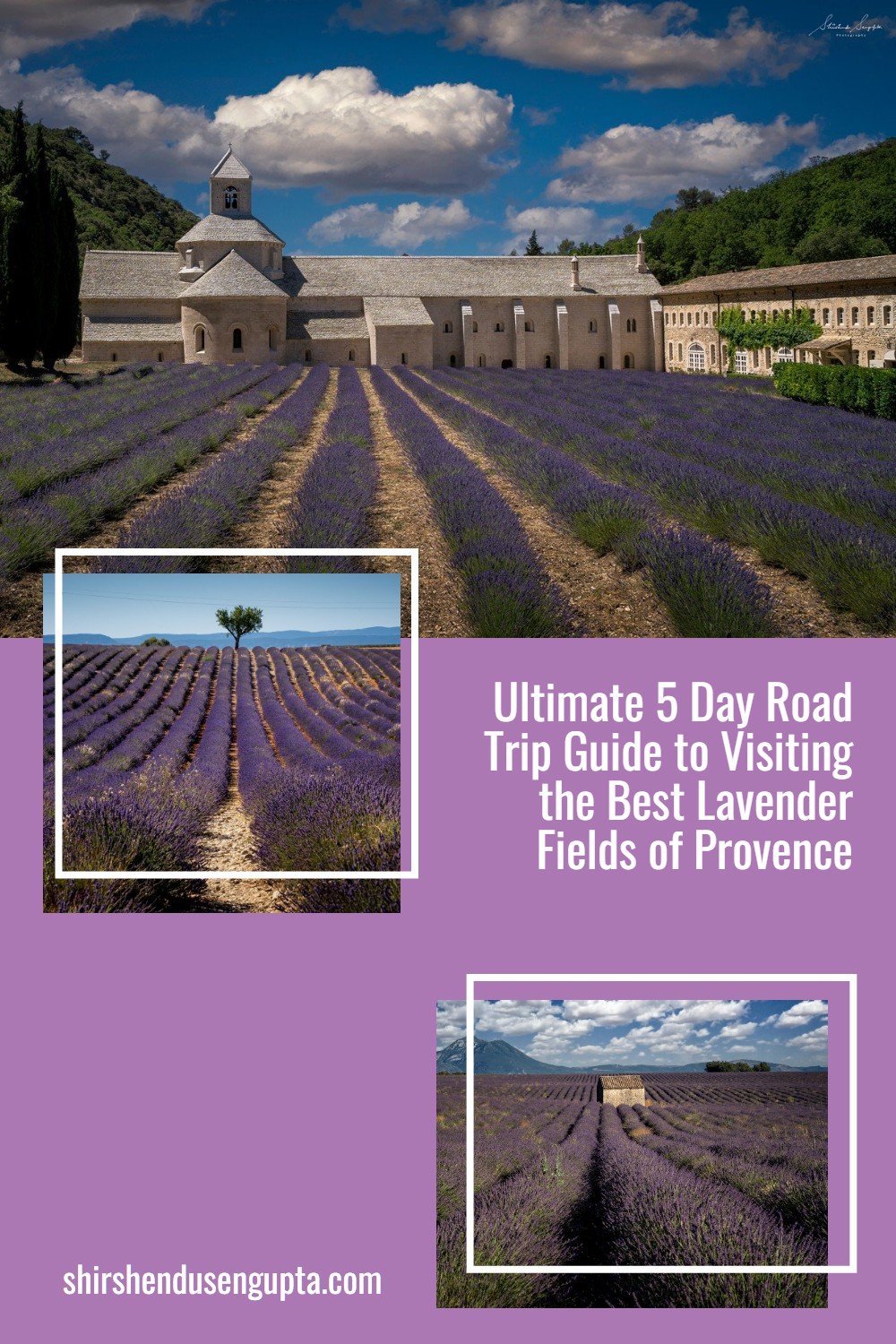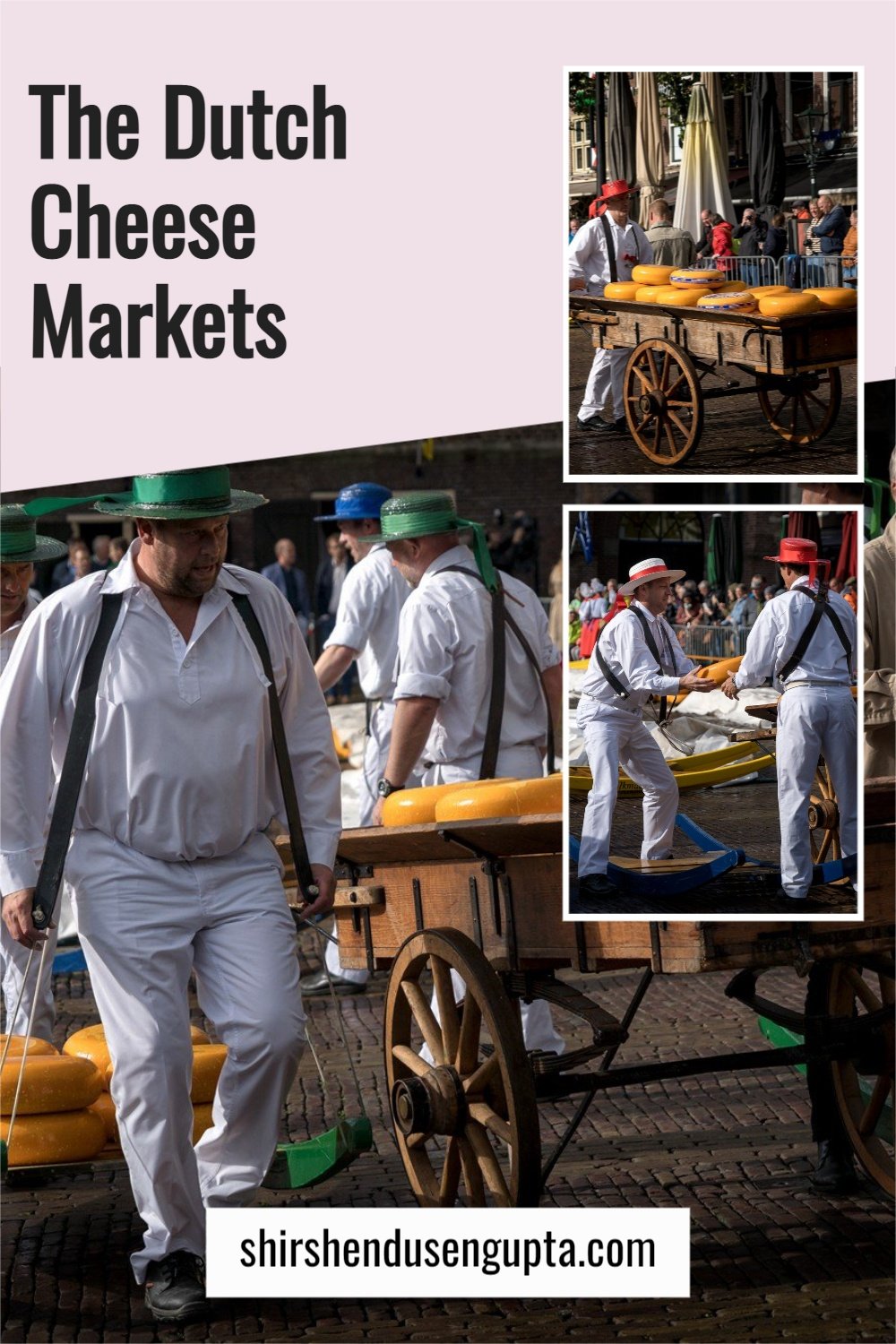The Dutch Cheese Markets 2026 | The Cheese Market Cities of the Netherlands - Alkmaar, Edam, Gouda, Hoorn, and Woerden
Holland - The Cheese Country
Every year, the Dutch make 650 million kg of cheese while the average Dutch citizen consumes 14.3 kg of cheese. It makes complete sense that the Netherlands is known around the world as a cheese country. Today, the Netherlands is the world's top cheese exporter with a two-thirds export rate. Gouda and Edam are the two kinds of cheese from the Netherlands that are the most popular. The following are only a few of the several additional varieties of Dutch cheese: Frisian, Limburger, Kernhem, Bluefort, Subenhara, Maasdam, Old Amsterdam, Old Alkmaar, Mimolette Commission, Maasland, Texelaar-Kollumer, Leyden, and Leerdammer.
History of the Dutch Cheese
Since before the advent of Christ, the Dutch have been associated with cheese. Researchers have uncovered pieces of cheese-making machinery that date back to 200 BC. Due to the Netherlands' lush environment, which was ideal for cattle rearing, cheese-making had become an integral part of Dutch culture by the Middle Ages. Markets for cheese grew briskly, and communities with weighing privileges were able to construct ‘Weigh Houses’ and enjoyed unique status. One of the Netherlands' most exquisite weigh houses is De Waag in Gouda. After that, the Netherlands continued to grow and became a global leader in the dairy sector.
The Traditional Process of Selling Cheese in the Dutch Cheese Markets
Dutch cheese farmers traditionally weighed and sold their cheese on the town's market square normally named the ‘Waagplein’ (weighing square). The farmers' cheese was transported on barrows by teams of authorized ‘Kaasdragers’ (guild cheese-porters). The ‘Kaasdragersgilde’ (cheese porters trade union) is normally made up of around 30 men who follow their leader, the ‘Cheese Father.’ The guild's members are split into four groups named ‘Forwarding Companies,’ and they convene in the weighing square. The straw hats used by the Forwarding Companies to differentiate themselves from each other are either red, blue, green, or yellow. Each Forwarding Company has seven guildsmen who perform a specific set of tasks according to their roles as mentioned below -
Tasman - In charge of loading the weights onto the cheese scales.
Zetter - The first guildsman to arrive at the market and is in charge of bringing the cheese from storage to the market in the morning. He must wear black pants and a blue shirt.
Ingooier - Takes the cheese from the market to storage at the end of the day. He must wear black pants and a light fawn shirt.
Temporary Worker - Not regarded as a guild member and must train for at least two years before being allowed to join.
Bootelier - In charge of providing drinks for his company after the market closes.
Voorman - The oldest employee. Each Forwarding Company elects a Voorman every two years, who then dons a silver sign with a ribbon and a bow tie in his company's color.
Cheese Father, aka ‘Dad’ - Leader of the entire guild. He is dressed in a white suit and an orange hat that matches his orange cane. He addresses the Forwarding Companies just before the market begins. During his speech, he calls a roll to make sure all the companies are there, lets them know if there will be any notable guests, and provides them with the metric tons of cheese available that day at the market.
The beginning of the cheese market is announced by ringing the town bell. Each week, special guests are invited to ring the bell which is considered to be an honor. When the market opens, samplers in white lab coats examine the interiors of the cheese wheels using a special scoop. The samplers examine the cheese's texture, flavor, and aroma. Additionally, they examine the cheese visually to make sure the ‘eyes,’ or holes, are distributed equally across the wheel. Buyers then use a traditional practice known as ‘handjeklap’ to sample the cheeses and haggle prices by clapping hands and shouting out prices. When a price is agreed upon, the batch of cheese is said to have been sold.
After a batch of cheese has been sold, it is carried by the porters to the ‘Waag’ (weighing house) for weighing. A wooden barrow containing cheese is carried by two men. A single barrow of cheese can weigh up to 130 kilos (287 pounds). The cheese carriers walk in a pattern known as the "cheese carriers' dripple" to carry the barrows while keeping them as steady as possible for the cheese's safety. As soon as the cheese reaches the scales, the Tasman weighs it in front of the ‘Waagmeester’ (weighing master), to make sure that the customer receives the exact quantity of cheese they ordered. An employee of the government who is not a part of the cheese guild is the weighing master. Finally, at a specific time, the market closes, and all of the remaining cheese is taken back to the hauler's truck for storage.
Alkmaar Cheese Market at Waagplein, Alkmaar
Samplers examining the cheese before selling
Cheese porters carrying the sold cheese to the Waag (weighing house) for weighing
Sold cheese being weighed at the Waag
Cheese porters carrying the weighed cheese to the carts
Cheese porters loading the weighed cheese onto the carts
Cheese porters delivering the weighed cheese to the buyer’s trucks
Lady selling cheese to the locals
Ladies selling local produce
The Dutch Cheese Market Cities
Today, there are only five cheese markets left that are held in the cities of Alkmaar, Edam, Gouda, Hoorn, and Woerden. It's interesting how the first four of those cheese markets have been turned into a play so that people can witness what it was like in the past. People are dressed exactly as they did in earlier times, and all actions are carried out in the same manner. The Woerden cheese market is the only remaining authentic cheese market in the Netherlands where the so-called "handjeklap" is still used to actually sell cheese.
1. Alkmaar
Alkmaar is referred to as the ‘City of cheese,’ in the Netherlands yet that description just scratches the surface of what the town has to offer. It features a lovely old center with numerous historic landmarks, fantastic shopping areas, endless warm terraces, cafes, and restaurants for every taste and price range. The Stedelijk Museum, Beer Museum, Beatles Museum, and of course the Cheese Museum are just a few of the fascinating museums in Alkmaar. The beach and dunes are about fifteen minutes away if you wish to spend some time outside of the city.
History of Alkmaar Cheese Market
The city of Alkmaar only had one cheese scale in the year 1365, but by the year 1612, there were already four. This demonstrates the market's explosive rise. The ‘Kaasdragersgilde’ was established on June 17, 1593. The market was always held in the same location, ‘Het Waagplein,’ as it is now (the square in front of de Waag - the weighing house). The square's area increased eight times over the course of two centuries. From May through All Saints Day in the 17th century, cheese markets were held in Alkmaar every Friday and Saturday. The two days a week increased to four days a week in the 18th century.
Location
Address: Waagplein, 1811 MA Alkmaar; GPS Coordinates: 52.63147° N, 4.75049° E
Dates and Opening Hours
Every Friday between 10:00 and 13:00 from March 27 until September 25, 2026.
Note: In addition, an evening cheese market will be held every Tuesday between 19:00 and 21:00 from July 7 to August 25, 2026.
Waagplein, Alkmaar
2. Edam
Edam is one of Holland's oldest towns and is located near Amsterdam. It was a crossroads on international commerce routes when it was built in the Middle Ages on a strategic site between the sea and rivers. With a deep harbor and numerous shipyards, Edam swiftly grew into a formidable city. Water was very important to Edam. That is why the people of Edam have long rejected colonial intentions to reclaim fresh land and safeguard the area from flooding.
History of Edam Cheese Market
Emperor Karel V granted Edam the privilege to possess a ‘Kaaswaag’ (weighing house) in the year 1526. Prince Willem van Oranje granted the city never-ending rights to retain the Kaaswaag in 1573. In 1649, 250,000 Edammer cheese were traded in Edam. The current Waag was constructed in 1778, and the real cheese market was operational up to 1922 where horse-drawn carriages and boats bring farmers' cheese to this date. Today, 27 million pounds of Edammer cheese are produced in the Netherlands.
Location
Address: Jan Nieuwenhuizenplein, 1135 WT Edam; GPS Coordinates: 52.51356° N, 5.04759° E
Dates and Opening Hours
Every Wednesday between 10:30 and 12:30 from July 1 until August 19, 2026.
De Kaaswaag (cheese weighing house) at Jan Nieuwenhuizenplein, Edam
3. Gouda
Gouda is famed for its delicious Gouda cheese and scrumptious stroopwafels (syrup waffles), but it has much more to offer. In this lovely historic city full of fashionable places and enthusiastic people, there is much to see. Old and new mix and combine in Gouda, from The Markt, the center square with its iconic town hall, to the exquisite stained-glass windows of the Sint-Jans church, and from street cuisine to the Netherlands' first Fairtrade street. In other words, it's the ideal location for a city excursion.
History of Gouda Cheese Market
The first Gouda cheese market was held in 1395, marking the beginning of the renowned Gouda cheese. Farmers from the area used horses and carriages to transport their cheese to the market in front of the Goudse Waag (weighing house). According to historical standards, the Goudse Waag (today a cheese museum) is one of the three most significant structures in Gouda. Over the centuries, it consistently had a significant role in commerce. From the year 1920 only, Gouda cheese was being weighed at the Waag. With the aid of at least 15,245 carriages, more than 4.5 million kilograms of cheese were sold in 1937. One Gouda cheese weighs at least 15 kilos each. The official Gouda cheese market was discontinued in the second half of the 20th century as a result of the growth of factories. Today, the Gouda cheese market is held at the central square of Markt in front of the Goudse Waag which is flanked by numerous displays of traditional Dutch trades, including those for making clogs, buttermilk, and cheese.
Location
Address: Markt, 2801 JW Gouda; GPS Coordinates: 52.01199° N, 4.71072° E
Dates and Opening Hours
Every Thursday between 10:00 and 12:30 from April 2 until September 24, 2026.
Markt, Gouda
4. Hoorn
Hoorn was at its peak in the seventeenth century, when it was one of the most significant Dutch East India Company locations. Hoorn, like Amsterdam and Enkhuizen, grew into a rich town. Hundreds of monuments and cathedrals serve as reminders of this significant historical epoch even today. The charming old houses of the small town beside the IJsselmeer lake today house lovely businesses and excellent eateries. While meandering around town, visitors come across galleries, studios, cafes, and specialty shops. Hoorn was also the location that gave the name Cape Horn to the southernmost point of the American continent. Even today, the harbor town's face bears the imprint of its maritime past.
History of Hoorn Cheese Market
Hoorn rose to prominence as a major trading hub for the Verenigde Oostindische Companie (VOC), which imported spices and herbs from Indonesia, about the year 1600. While traders went about their business, local farmers sold their produce on the markets. Hendrick de Keyser, a renowned builder, constructed the Waag at that time. At the Hoorn cheese market, the scale from the Waag is still in use. In the 19th century, the largest cheese market in the province of Noord-Holland was at Hoorn. The Second World War caused it to cease to exist.
Location
Address: Roode Steen, 1621 CV Hoorn; GPS Coordinates: 52.63942° N, 5.05941° E
Dates and Opening Hours
Every Tuesday between 12:00 and 15:45 from June 23 until August 25, 2026.
De Waag (weighing house) on the right at Roode Steen, Hoorn
5. Woerden
Woerden is a city in the center of the Netherlands. The river Oude Rijn used to flow through Woerden's city center, but in 1960 it was rerouted around the area. The city has a long and rich history in the production and trade of cheese. For many years, Gouda cheese has been made in this area for both home and international use. At the market square in the city's heart, Woerden continues to host its original (going back to 1885) cheese market.
History of Woerden Cheese Market
Woerden established a cheese market in 1885. There were significantly fewer farmers after 1900 as a result of the establishment of cheese factories. Woerden received a cheese bell in 1925 to commemorate the cheese market's 50th anniversary. The quantity of cheese and the market prices could all be written on the so-called cheese bell. The majority of the cheese produced in the Woerden region was either sold here or in Bodegraven. Today, the Woerden cheese market is the only remaining authentic cheese market in The Netherlands, despite not being the largest. They offer cheese made by several local farmers, which is not only a fantastic treat to view but also to taste. The cheese is still moved to storage facilities both inside and outside of Woerden.
Location
Address: Kerkplein, 3441 BG Woerden; GPS Coordinates: 52.08606° N, 4.88458° E
Dates and Opening Hours
Every Saturday between 11:00 and 12:00 from May 9 until August 29, 2026.
Kaaspakhuis (cheese warehouse) at Woerden
Visiting the Netherlands
Best Time to Visit: The best seasons to travel to the Netherlands are spring (April to May) when tulips are in full bloom and early fall (September to October) when beautiful fall colors are everywhere. The weather is mild and pleasant during these times, and the crowds are generally smaller compared to the peak summer season (June to August). But if you want to witness the cheese markets while you are in the Netherlands, you have to be here between March and September.
Number of Days to Stay: Seven to ten days are perfect for touring the Netherlands. This allows you to visit major cities like Amsterdam, Rotterdam, and The Hague, explore smaller towns and attractions such as Utrecht, Haarlem, Maastricht, and the tulip fields, experience the Dutch countryside and iconic windmills, and also visit some of the cheese markets.
Best Place to Stay: Amsterdam, the capital of the Netherlands, is a great place to start your Dutch exploration. It has a large selection of accommodation options, ranging from high-end hotels to inexpensive hostels. Major attractions in the city include the Rijksmuseum, the Anne Frank House, and the Van Gogh Museum. For those seeking a more contemporary urban experience, Rotterdam is a fantastic choice because of its modern architecture and vibrant cultural scene. Additionally, it is a significant transportation hub that facilitates travel around the country. Den Haag (The Hague) which is the seat of the Dutch government and the International Court of Justice, is home to many historical landmarks, museums, and beaches. For those who like to avoid the bustle of the bigger cities, Utrecht is a wonderful option because of its convenient central location and quaint medieval old town. It has excellent train connections to various regions of the nation.
Best Way to Arrive: Amsterdam Airport Schiphol, one of Europe's busiest airports, serves as the primary international entry point into the Netherlands. It is connected to numerous international destinations. The Netherlands has excellent train connections to its surrounding nations. Amsterdam is connected to cities like Brussels, Paris, London, and Berlin via international trains like Thalys, Eurostar, and ICE. Numerous international bus companies, including FlixBus, run services from different European cities to the Netherlands. You can also drive to the Netherlands by car, especially if you want to explore the surrounding regions. There is a vast road network throughout the nation, and airports and major cities offer car rental services.
Best Local Mode of Conveyance: The Netherlands has a first-grade public transportation system consisting of buses, trains, trams, metros, and ferries. A contactless smart card called the OV-chipkaart is used to board all public transportation. Nederlandse Spoorwegen (NS) runs the trains, which are the most convenient means of transportation between cities. In addition to ridesharing services like Uber, taxis are accessible in all major cities. The Netherlands is well-known for its cycling culture, featuring bike-friendly infrastructure and designated bike lanes all around the nation. Cities in the Netherlands are very walkable, especially the central areas of Amsterdam, Utrecht, and The Hague. In cities like Amsterdam, canal boats are a popular way to see the city from a different perspective. Various companies offer canal cruises and water taxis.
Epilogue
So that brings us to the end of our journey across the Dutch cheese market cities. Please let us know in the comments below if you enjoyed reading this article. And until we meet next time, I wish you merry traveling and happy shooting!
Pin the article
Bookmark the article for reading later!
Want to license/buy photos in the article?
License photos for commercial/editorial use or buy photo prints!
Want us to write an article for you?
Articles for magazines, newspapers, and websites!
Watch our Videos
Check out our videos on our Youtube Channel!
Join the Newsletter
Get updates on our latest articles!
We respect your privacy. Read our policy here.

















